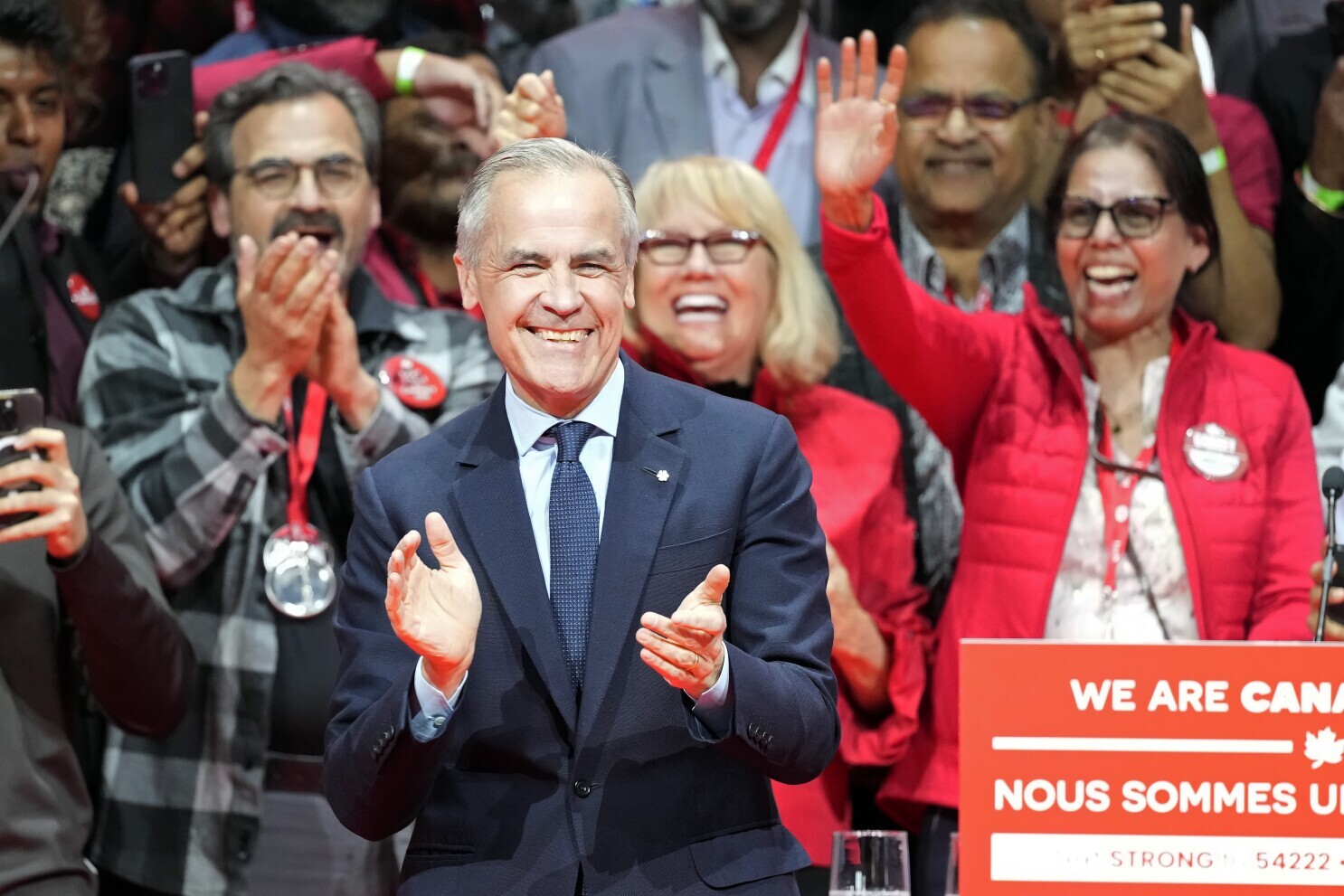
In a stunning political comeback, the Liberal Party of Canada, now under the leadership of Mark Carney, has secured its fourth consecutive federal election victory, defying early projections that placed the party 20 points behind its rivals just three months ago. The victory marks a significant turning point in Canadian politics, driven by a surge in voter turnout and widespread concern over economic issues, particularly trade tensions with the United States.
Election Results and Political Landscape
The Liberals are projected to win 161 of 343 seats in the House of Commons—short of the 172 seats required for a majority government. While falling short of a majority, the result nonetheless positions the Liberals as the dominant political force in Canada, outpacing the Conservative Party, which is expected to capture 137 seats. The New Democratic Party (NDP) is anticipated to secure 28 seats, while the Bloc Québécois, Green Party, and independents fill the remainder.
A Remarkable Comeback
Political analysts have hailed the Liberal win as a comeback few could have predicted at the start of 2025. In January, the party trailed significantly in national polling, suffering from voter fatigue, economic anxiety, and a leadership transition from outgoing Prime Minister Justin Trudeau to Mark Carney, the former Governor of the Bank of Canada and Bank of England.
Carney’s technocratic image and economic credentials, however, proved to be an asset in the campaign’s final stretch. Voters gravitated toward his platform, which focused on restoring economic stability, investing in domestic industries, and protecting Canadian jobs from the impact of newly imposed U.S. tariffs on key exports, including steel, lumber, and automotive components.
Key Issues: Cost of Living and Trade Tensions
The rising cost of living emerged as the top election issue. Carney promised immediate action to lower inflation, cap grocery and utility prices, and implement new housing affordability measures. Meanwhile, escalating trade tensions with the U.S. cast a long shadow over the campaign. Carney vowed to take a firm stance in upcoming negotiations with Washington, while also unveiling plans for a $12 billion fund to support Canadian workers and businesses affected by the tariffs.
What’s Next: Governing in a Minority
With only 161 seats, the Liberals will need to form alliances or agreements with smaller parties—most likely the NDP or Greens—to pass legislation. Early indications suggest that Carney is open to a confidence-and-supply agreement with the NDP, which could provide stability while avoiding a formal coalition.
Speaking to supporters in Toronto, Carney stated:
“Canadians have chosen a path of unity, resilience, and bold solutions. We will build a government that reflects their values, responds to their challenges, and delivers real results in the face of global uncertainty.”
NDP leader Jagmeet Singh, while cautious, said his party would “work constructively” to ensure progress on climate action, affordable housing, and healthcare.
International Implications
The election results are being closely watched in Washington, Brussels, and Beijing, as Canada reassesses its trade partnerships and foreign policy. Carney’s global experience and credibility with international financial institutions may shape Canada’s response to global economic volatility and shifting alliances.
Conclusion
The 2025 Canadian federal election marks not only the continuation of Liberal governance but the emergence of a new era under Mark Carney. Facing both domestic and international challenges, the incoming government must now navigate minority rule, economic headwinds, and rising global tensions—all while delivering on promises that re-energized a once-weary electorate.